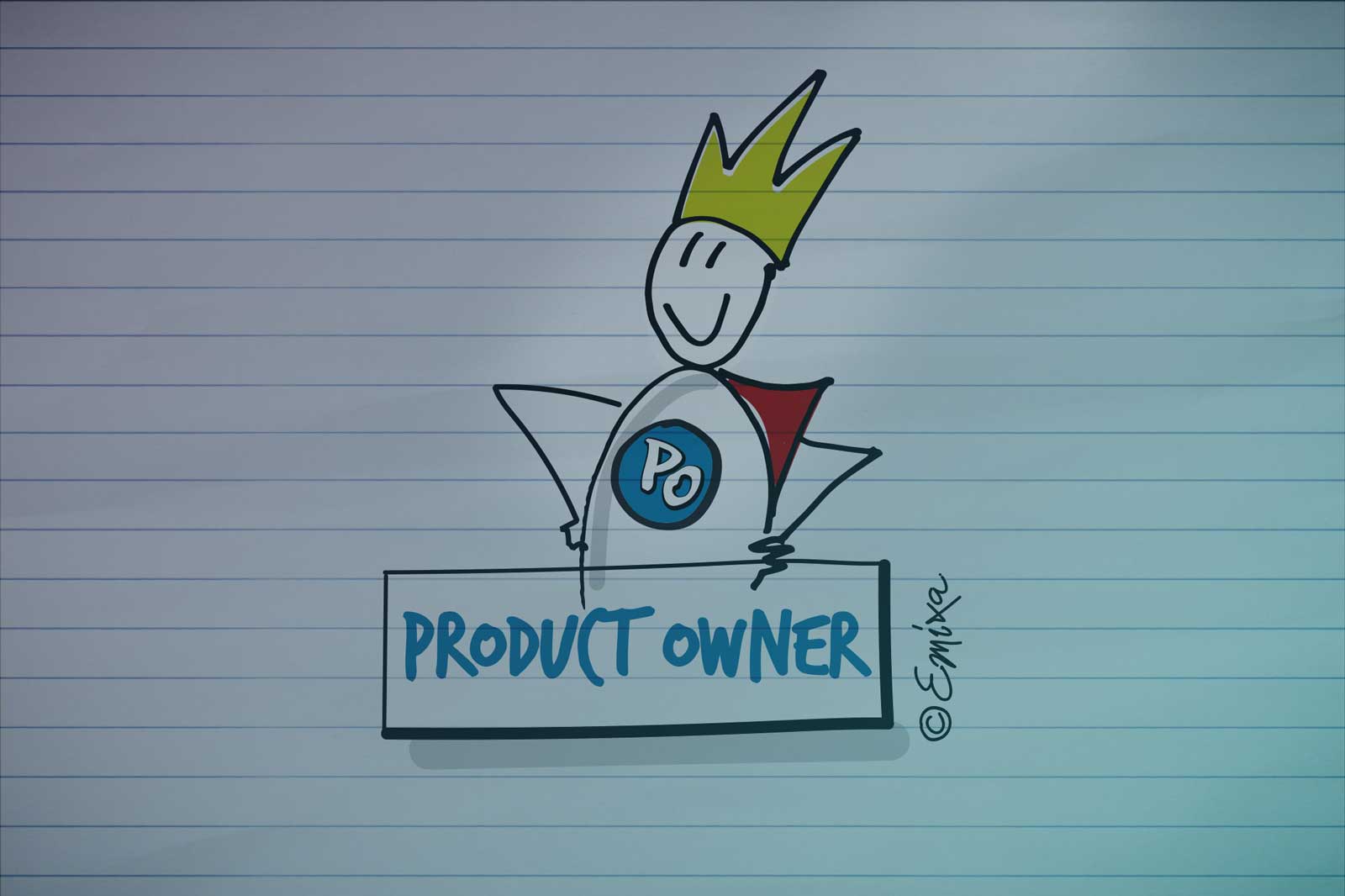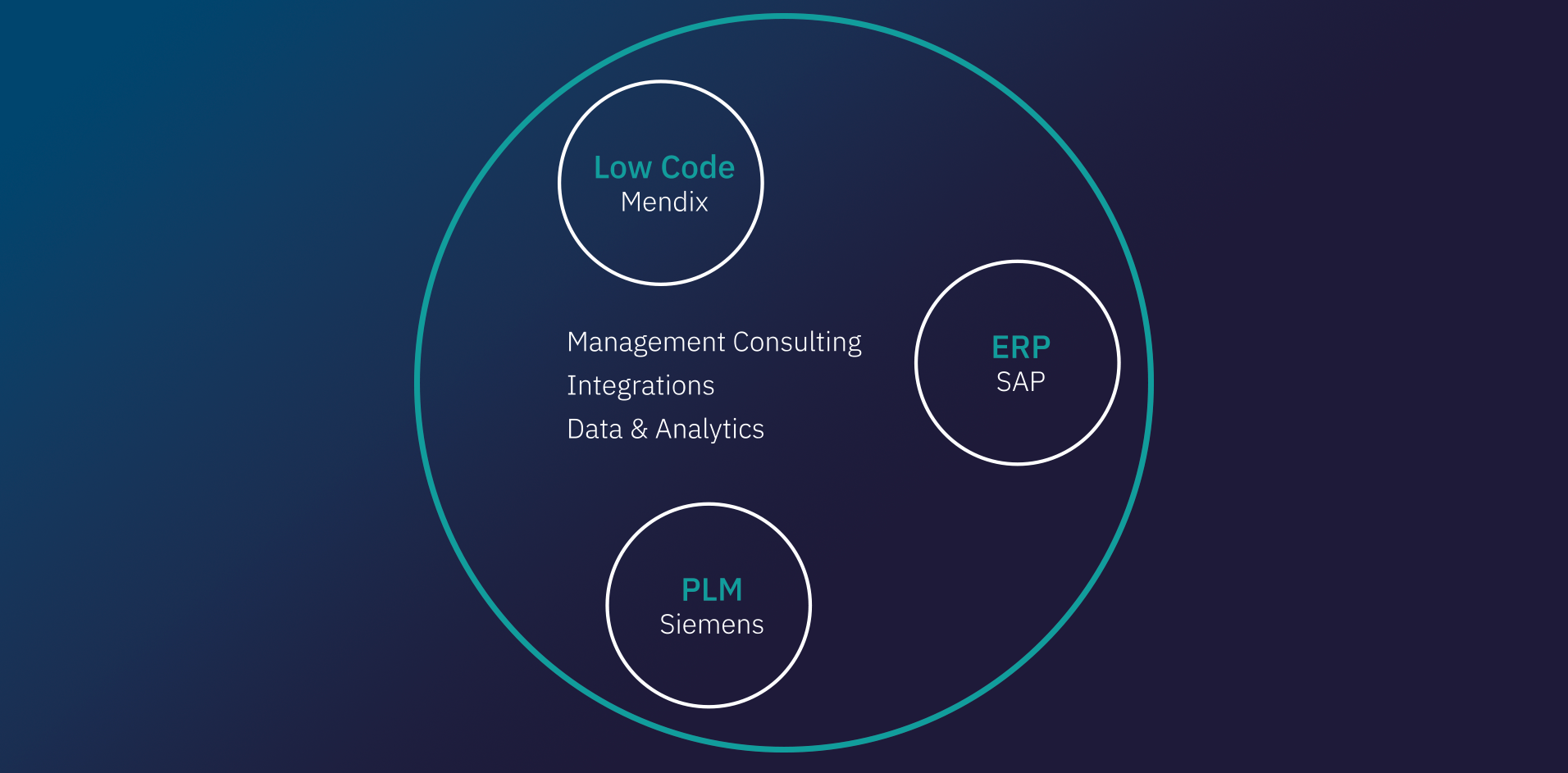News & Blogs
Stay updated with the latest news, insights, and expert blogs from Emixa. Explore industry trends, digital innovations, and company updates all in one place.

Argenta Renews Customer Environment with Emixa
Argenta Netherlands is a digital bank specializing in savings and mortgages, catering primarily to individuals rather than businesses. The bank relies on independent advisors for mortgage closings and the provision of related products.

- Teamcenter
Teamcenter X: PLM Access Anywhere with Cloud Software-as-a-Service
Are you looking for future-ready PLM software that ensures access to the right documentation from any location? Companies face ongoing challenges to reduce costs, enhance productivity, and elevate quality. At the same time, these organisations need to adapt to changes in the market. Teamcenter X is a cloud Software-as-a-Service (SaaS) that provides direct access to preconfigured PLM capabilities with a simple user experience. Active Workspace is the primary user interface of Teamcenter X and enables users working from home, the office or anywhere else to securely access product information over the internet and easily collaborate on processes across the entire company. Tailoring to user needs Active Workspace is easy to customise to specific user needs. Teamcenter X can be hosted in the MCAD and ECAD design tool such as Siemens NX for your design teams or a simple web interface for all other users. Future-proof solution This cloud software provides a future-proof, modern cloud PLM solution that eliminates technical barriers. Teamcenter X enables you to work smarter with the latest technology and cloud microservices. Digital Twin Teamcenter X supports the full digital twin: create one parts list across multiple domains by managing, sharing and collaborating across multiple mechanical and electronic design tools. Accelerate product development time by reusing designs, managing changes and reducing lead time. Operating costs vs capital costs The flexible SaaS financial model includes installation, administration, operational management services and upgrades to help you get up and running quickly and cost effectively for a rapid return on your investment. Invest in the predictable use of operational costs of existing IT infrastructure versus capital costs for low ownership costs. External management Emixa industry Solutions manage all operations and maintenance for Teamcenter X, including installation and upgrades to keep you up-to-date with the latest product enhancements. This streamlined approach eliminates the complexities, costs, time investments, and risks associated with performing PLM installation, maintenance, and upgrades. Security and privacy The Siemens managed SaaS environment is built on enterprise-grade cloud infrastructure incorporating security, compliance and support for global organisations. The cloud infrastructure is housed in data centres designed to meet the requirements of the most security-sensitive companies. The cloud infrastructure safeguards privacy and mitigates the risk of data loss. Plug & Play PLM software With built-in configurations and best practices, Teamcenter X can help you get started quickly with managing your product lifecycle: MCAD data management ECAD data management Multi-CAD collaboration BOM management CAD-neutral JT visualisation Manage Microsoft Office documents Manage Adobe PDF files Manage all file types (TXT, GIF, MSG, HTML, etc.) Microsoft Office integration Active workspace Discover the Teamcenter X cloud PLM software today! Request the free 30-day trial and explore the world's most widely used PLM software through a full licence with sample files and guided tutorials. See and experience how your entire organisation can work smarter and faster!

4 Tips for Hybrid/Remote Working as a Product Owner
In the evolving landscape of remote work, the role of a Product Owner (PO) within Scrum teams has been subject to considerable adaptation and reevaluation. The traditional Scrum framework, designed with co-located teams in mind, has been challenged by the widespread shift to remote work. This article delves into how Product Owners can navigate this new terrain, offering insights and strategies that are both thought-provoking and rooted in practical experience. Are you a scrum master? We also wrote an article with tips for hybrid/remote working as a scrum master.

- Apps
- Mendix
Stay Relevant Through Fast Communication with Customers and Suppliers
The way we communicate is changing rapidly. We are not only continuously accessible in our personal lives, but we also expect that from the companies we do business with. This is especially true for consumers, as they are accustomed to being "always on." How do you leverage smart business applications to meet your customer's need for quick and efficient communication? Pim van der Noll, CTO at Emixa, explains how we can help.

- SAP
Preventing SAP S/4HANA Implementation Errors
Since the first release of SAP S/4HANA in 2014, SAP's latest ERP solution has undergone significant development. What started as Simple Finance, a 'next-gen' financial solution, has now become a completely revolutionary ERP system. Although the system is certainly not new, in practice incorrect implementation choices are sometimes made.

- Integration
Make a Plan for your Data Migration in New Applications!
When you want to replace your existing application landscape or phase out an older system, there's a lot to consider. What should the new applications comply with? Are integrations needed with other systems? What are the business needs? Which functionalities will support my processes? These are important questions to ask beforehand, but also think about the migration of your data from the existing systems! Because without existing data in the new applications, they often cannot be used optimally by employees or customers.

- Tecnomatix
Identifying Bottlenecks: Gaining Insights into the Production Process
Remaining competitive in a dynamic market, where customers demand fast, flexible responses at a competitive price, poses challenges for all manufacturing companies in the Netherlands. But the key to meeting these challenges lies in having insights into your production process, enabling you to rapidly adapt to new requirements. This raises the crucial question of pinpointing potential bottlenecks within your production. Manufacturing companies face a tough road ahead. The industry is fraught with uncertainty, both in the supply chain and with customers. Internal pressure on costs is increasing, partly due to global competition. As a result, companies are increasingly tailoring their production strategy to consumer demand. Yet, given the rapid shifts in demand, production must be able to respond very quickly. With a growing need for product variation, companies are compelled to significantly reduce the time it takes to introduce a new variant. Clear insights The trends outlined here present a significant challenge for production companies. In practice, the recurring issue boils down to a lack of insight—understanding how existing lines and layouts operate and their potential for flexible use or adaptation to meet the demand for a new product variant. This insight also emphasises the importance of visualisation. The demand for visual work, such as using 3D data, arises not only from the company itself to facilitate internal collaborations but also from customers and chain partners. The visual aspect has become a crucial element in communication and coordination between manufacturers and customers. Despite the inherent complexity, production companies must maintain flexibility to stay competitive in the market. Meeting customer demand faster and cheaper has become imperative. However, it's evident that classic tools like Excel or Visio are no longer sufficient for providing clear insight and overview. Production processes have evolved beyond their capabilities, with too many variables involved. These traditional tools have a significant drawback—they are built on basic assumptions due to technical limitations. Spreadsheets struggle to incorporate dynamic conditions like machine downtime and operator availability without high programming language skills. Meanwhile, management requires more detailed information than ever about the throughput of the new system. Virtual validation So, where does the solution lie? In one of our previous blogs, we highlighted the crucial role of seamless data exchange between engineering and production. Expanding on that concept, we are convinced that companies need to integrate digital tools into an increasing number of processes to effectively meet the demand for more product variations. These digital tools provide the capability to virtually validate production before implementing any changes. Many companies lack precise awareness of the issues within their current processes. We employ a step-by-step plan to thoroughly assess the current situation. This approach enables us to quickly pinpoint areas for potential improvements in existing lines. Whether it's for new investments in AGVs, an additional machine, or a new production line, we prefer to be involved as early as possible in the process. This proactive engagement not only contributes to achieving the most optimal and efficient production but also prevents misguided investments. Get in touch Interested in understanding how we would streamline the production process in your organisation? Contact us, and we'll be happy to share more with you.

- Mendix
Forever Foundry and Emixa Join Forces to Accelerate Digital Change in UK Manufacturing
EMEA's market leading Siemens partner, Emixa, join Forever Foundry’s exclusive digital transformation mapping initiative for UK manufacturers - announced (12th February 2025).

- ERP Software
FAST: Turning Your Data Ambition into a Clear Action Plan
Many companies have ambitious data goals. Whether it involves modernising an outdated data landscape, implementing a new ERP system, ensuring compliance with CSRD, or streamlining numerous reports, the need for a robust data strategy is evident. Emixa's FAST methodology offers the guidance you require. How can it assist in transforming your data landscape? And how do we prepare you for a data-driven future?